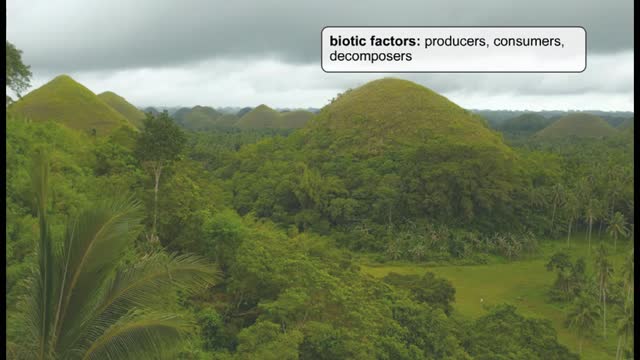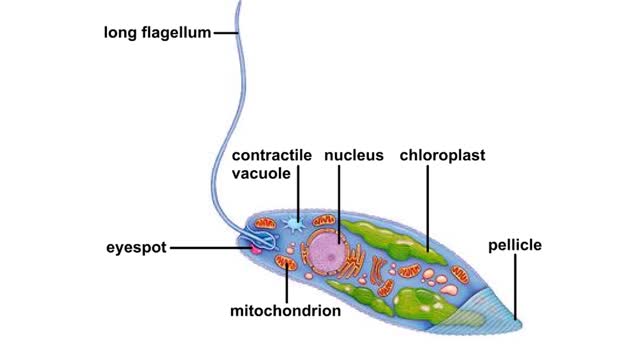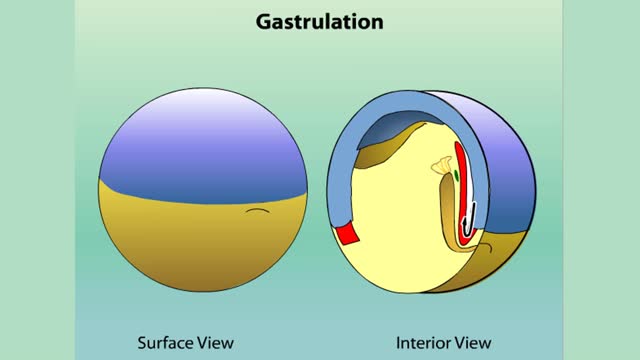Global warming and its effect on climate change
By: HWC
Date Uploaded: 02/24/2020
Tags: homeworkclinic.com Homework Clinic HWC Ecosystems and Communities Global warming smallmouth bass Green algae photosynthesis leopard frog American robin abiotic
Global warming, habitat destruction, and pollution are all hot topics in the news. Environmentalists are concerned that many of these factors will lead to the loss of species. But how will this happen? One way to think about the environment is as a finely-tuned, high performance engine. If one part doesn't work properly or is missing, there's a good chance that the whole engine will not function properly. But let's look at how organisms live in their environment and see if it is really as fragile as some people suggest. When biologists think of the environment. It is easier to think of it in pieces. A few pieces that we'll be talking about are populations. communities, and ecosystems. Individuals of the same species living in the same area are called populations. A community is a group of many populations of different species living in the same area at the same time. This is a smallmouth bass. This species of fish often lives in areas with a lot of underwater rocks where they can hide and get food. Green algae is a type of single-celled organism that can grow in colonies and float on the water's surface. Though algae aren't plants, they perform photosynthesis similar to plants. This is a leopard frog. All frogs are amphibians and usually live in or near water like this lake. Frogs are famous for eating insects. This is a grey squirrel. Squirrels are rodents similar to rats and mice. They typically eat seeds and acorns. This is an American robin. Birds such as these often eat insects. This is a pine tree. Trees like these can grow quite large and become the home of many other organisms. As you can see there are a number of different organisms that can exist in a community. But, an ecosystem is more than just the community of organisms in an area, it is also the temperature, rainfall, amount of sunlight, and soil composition. These are called 'abiotic' factors, which means 'non-living' factors. All of the organisms, the living factors, are called 'biotic' factors. An ecosystem is all of the biotic and abiotic factors together within a certain area.
Add To
You must login to add videos to your playlists.
Advertisement












Comments
0 Comments total
Sign In to post comments.
No comments have been posted for this video yet.